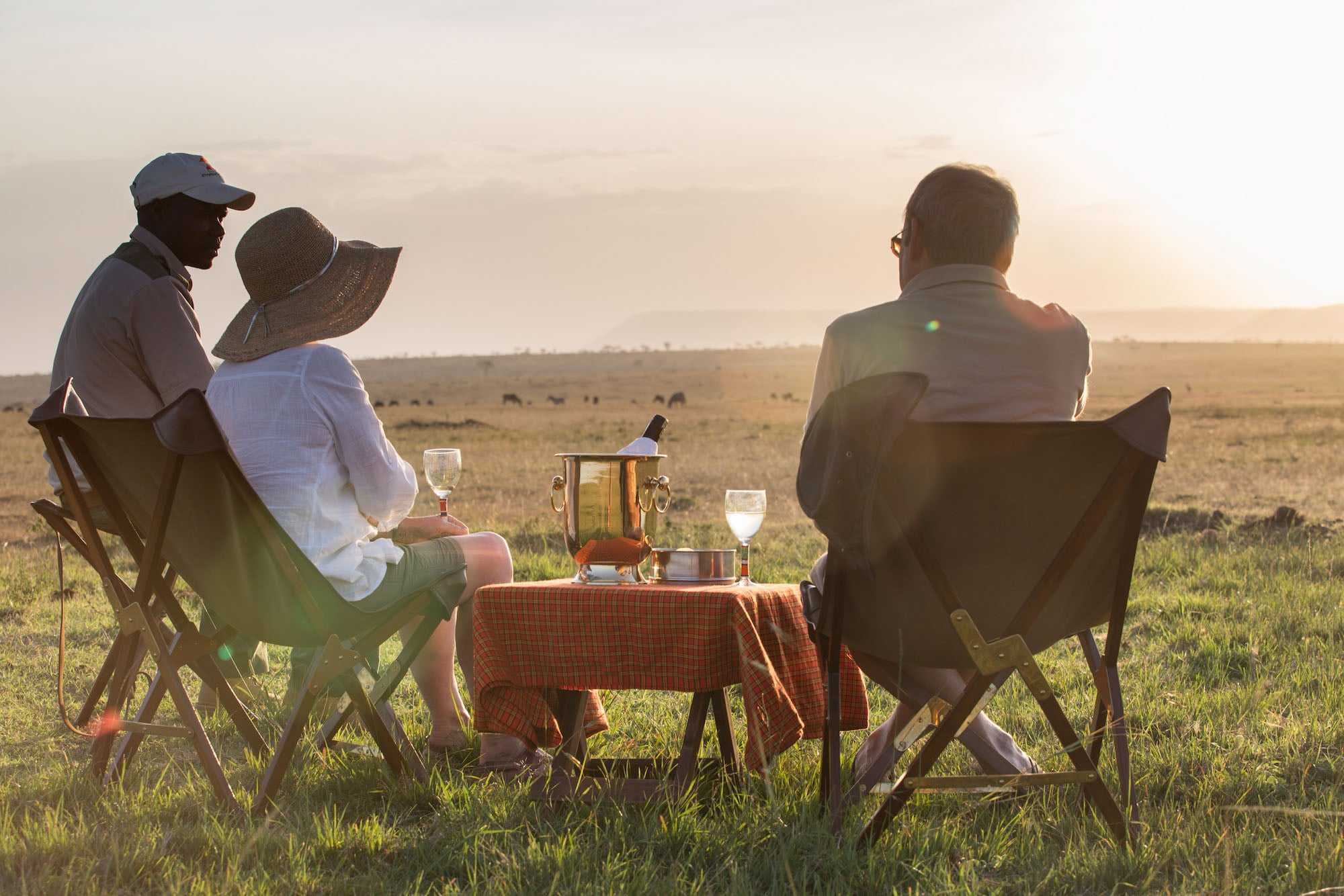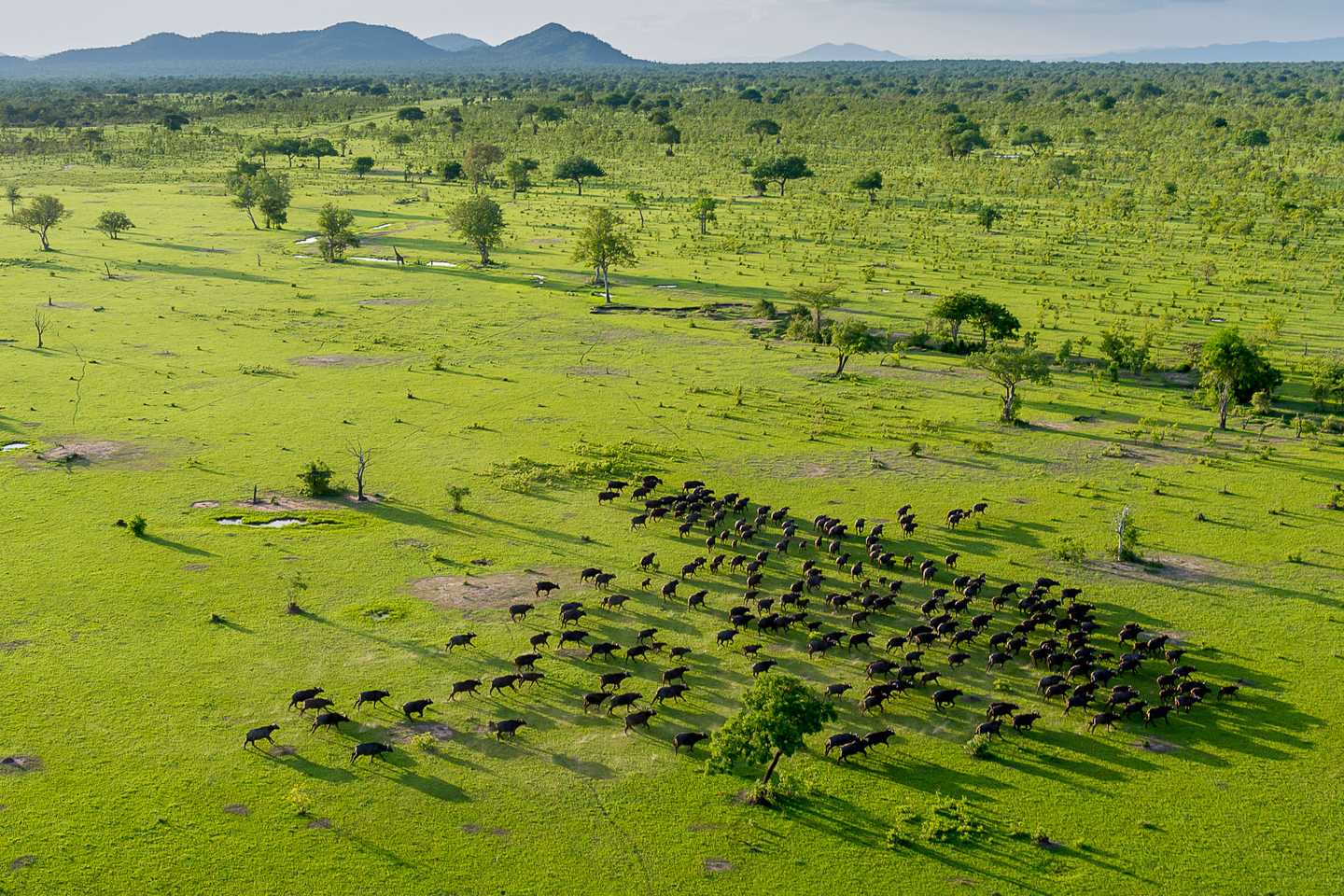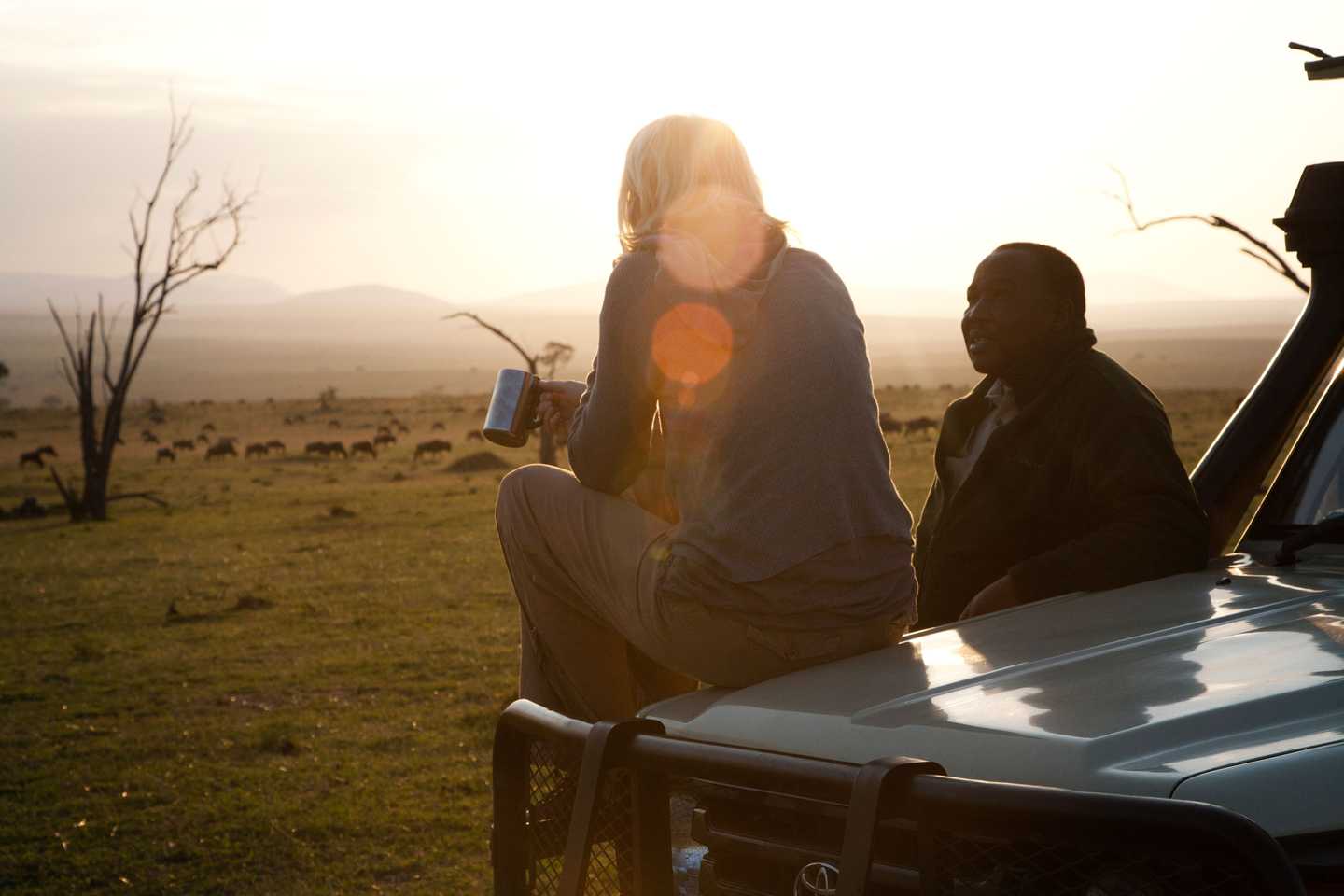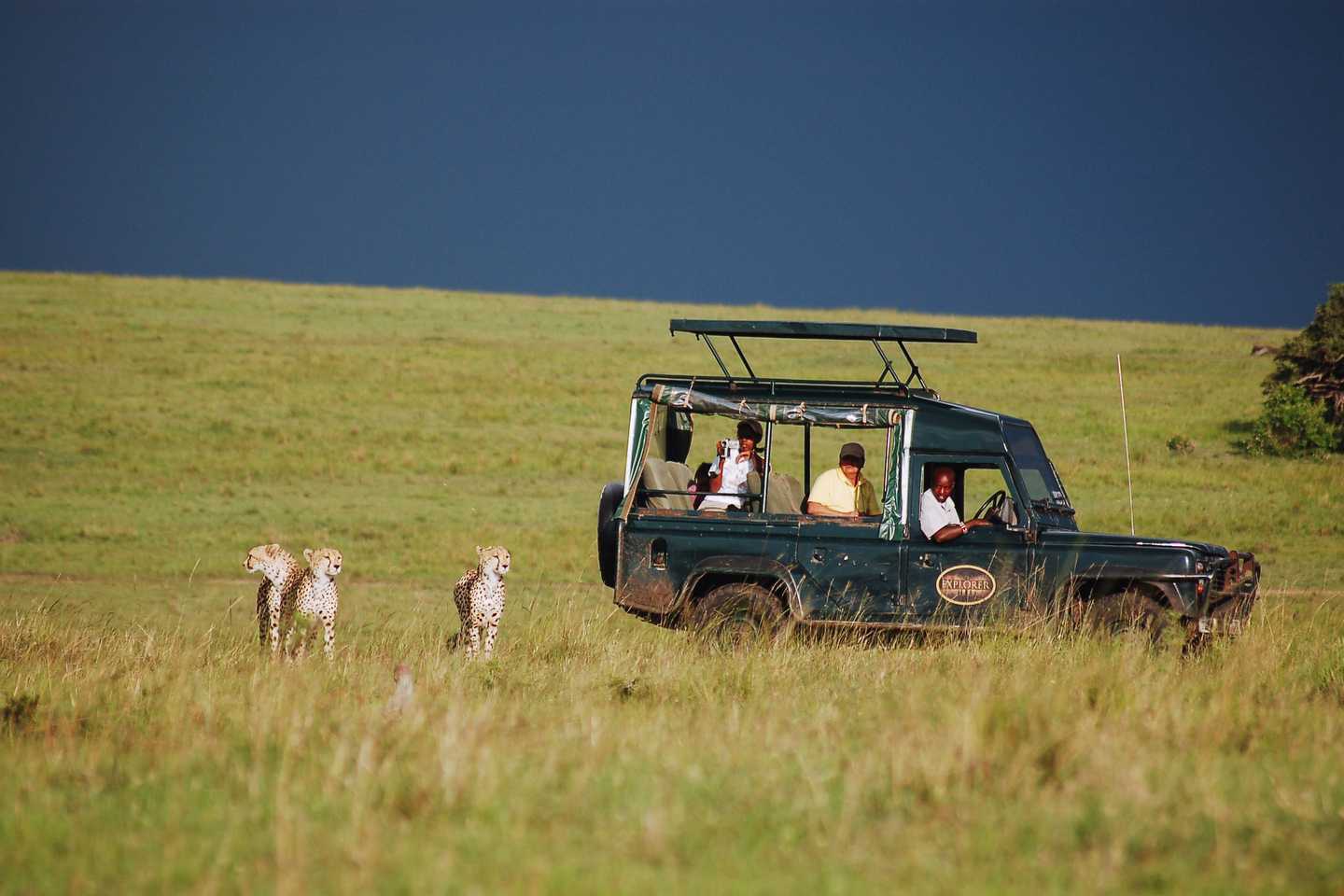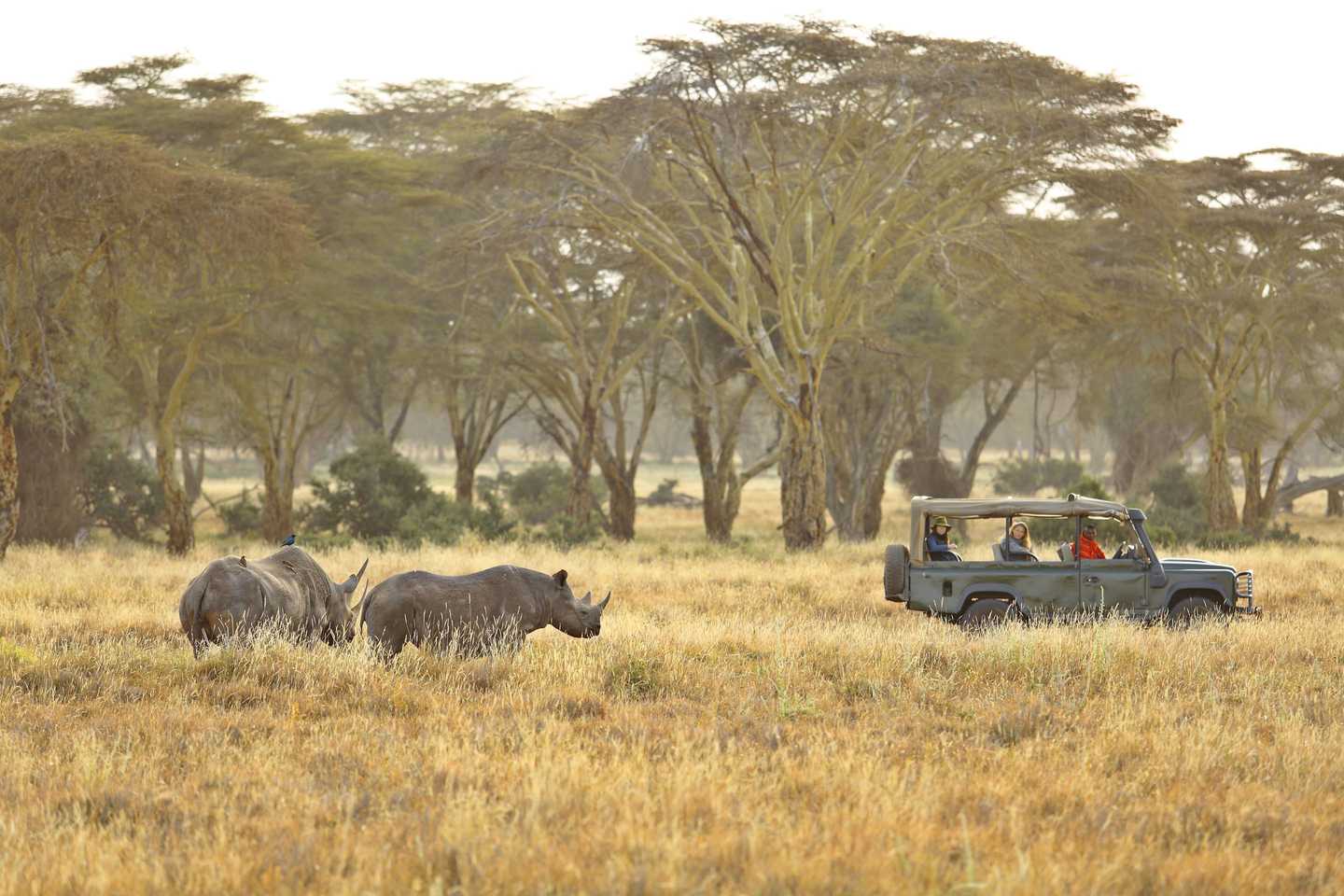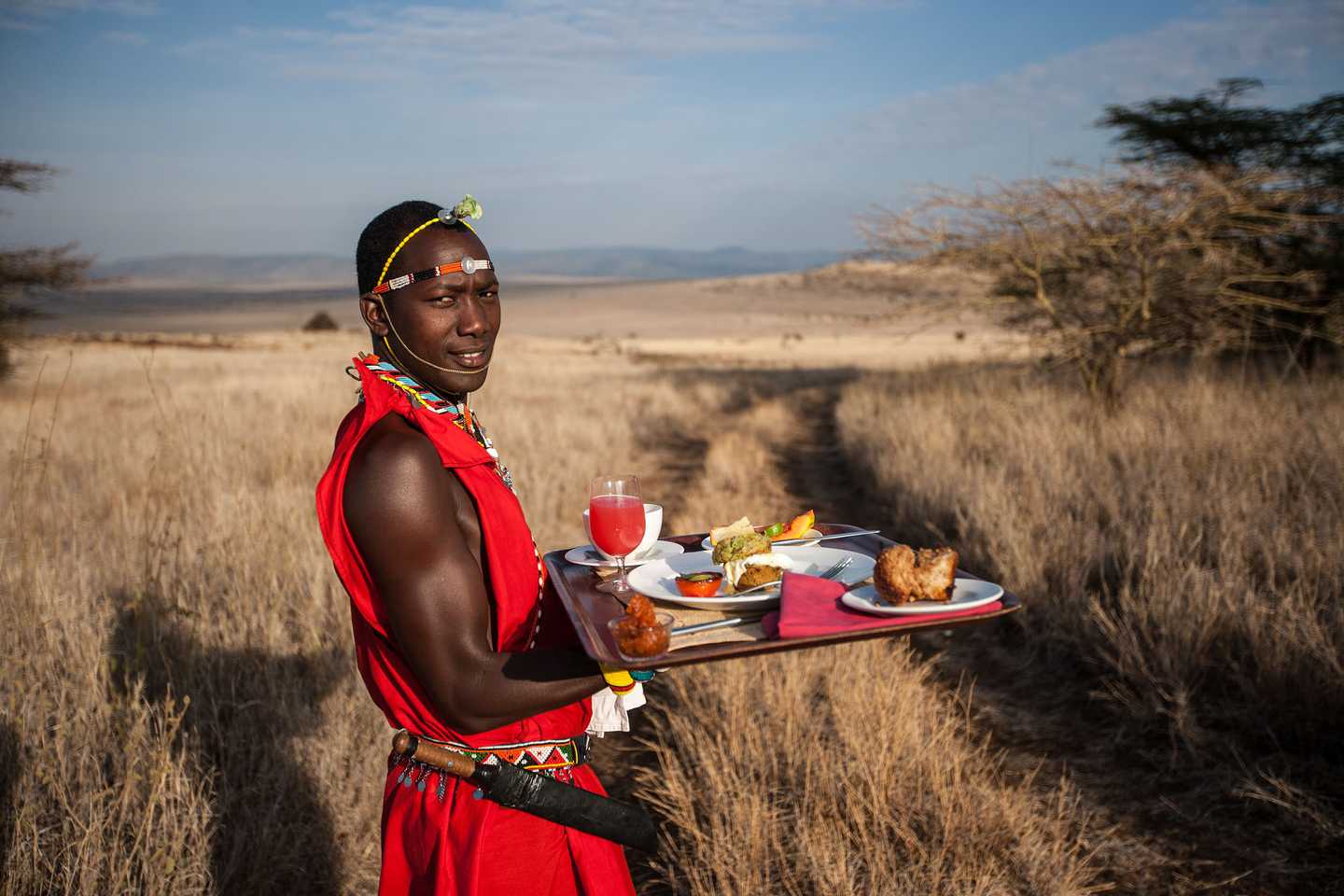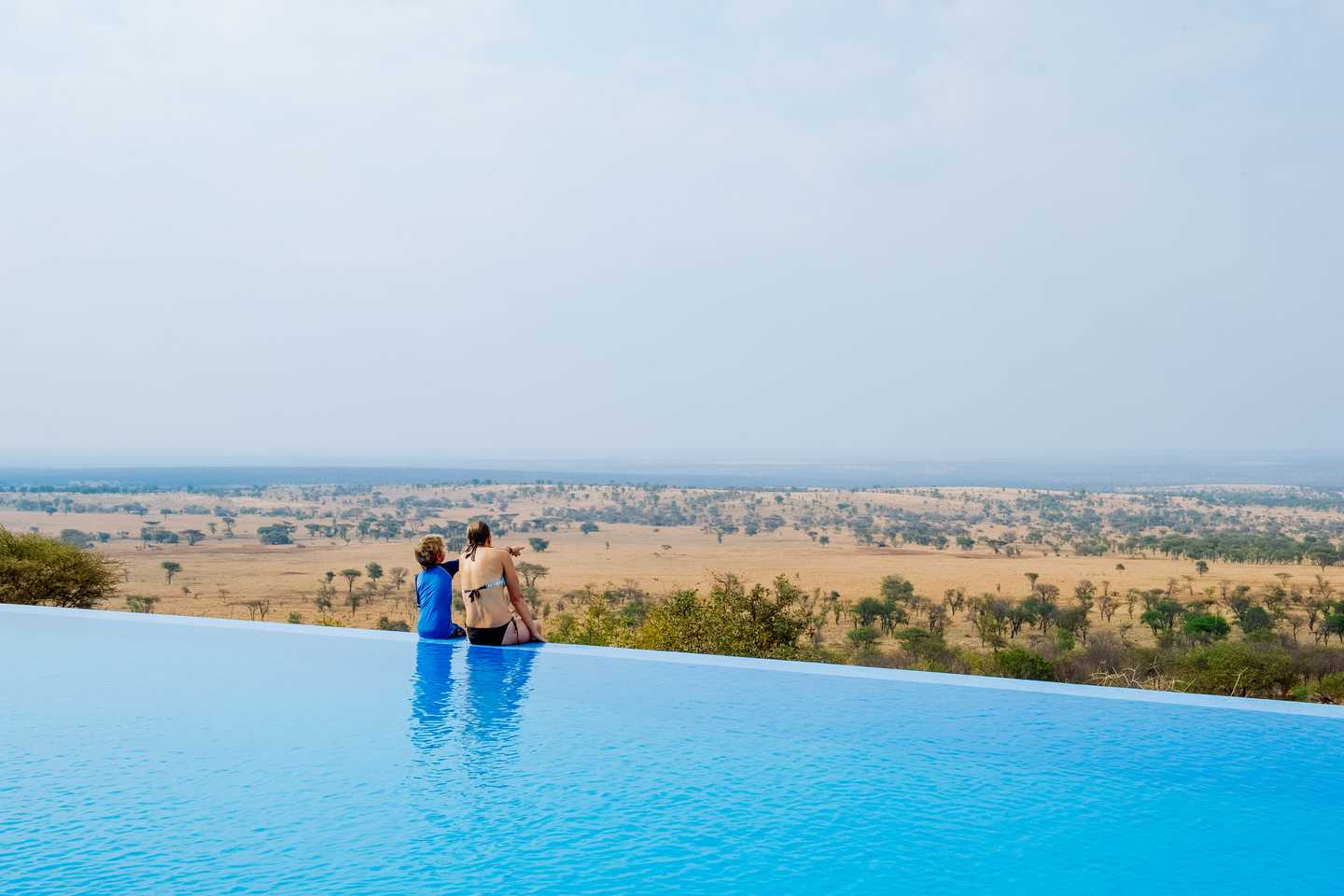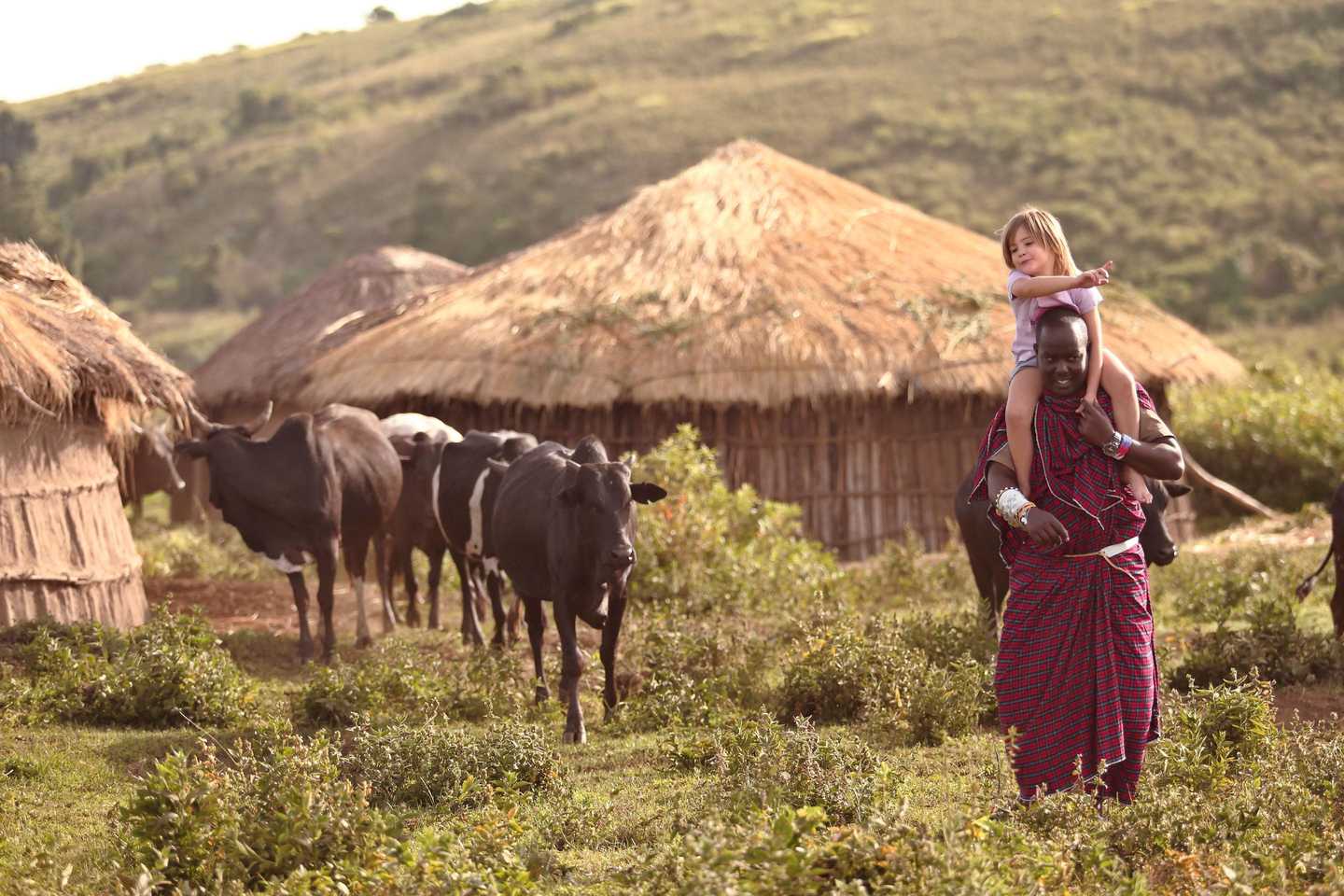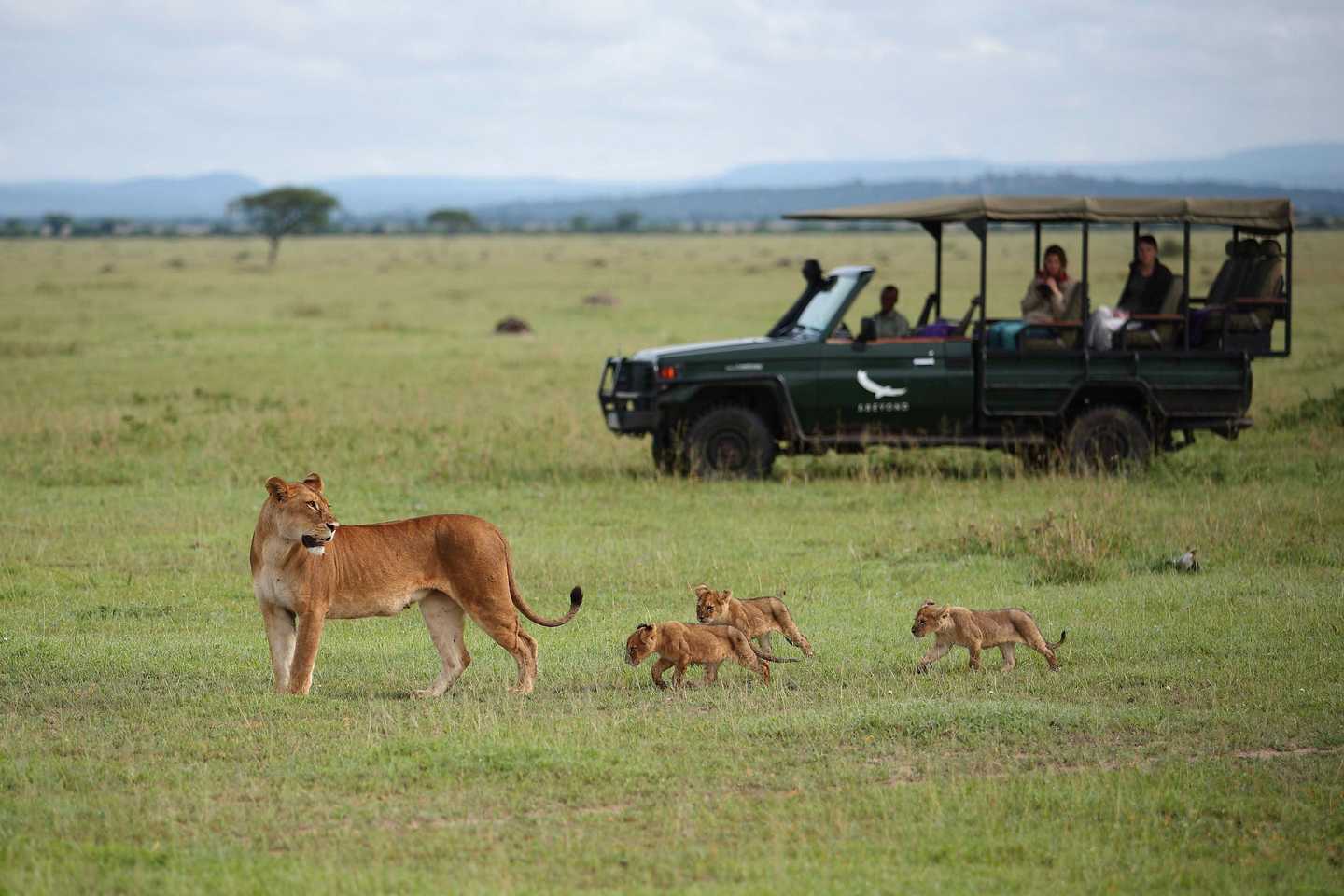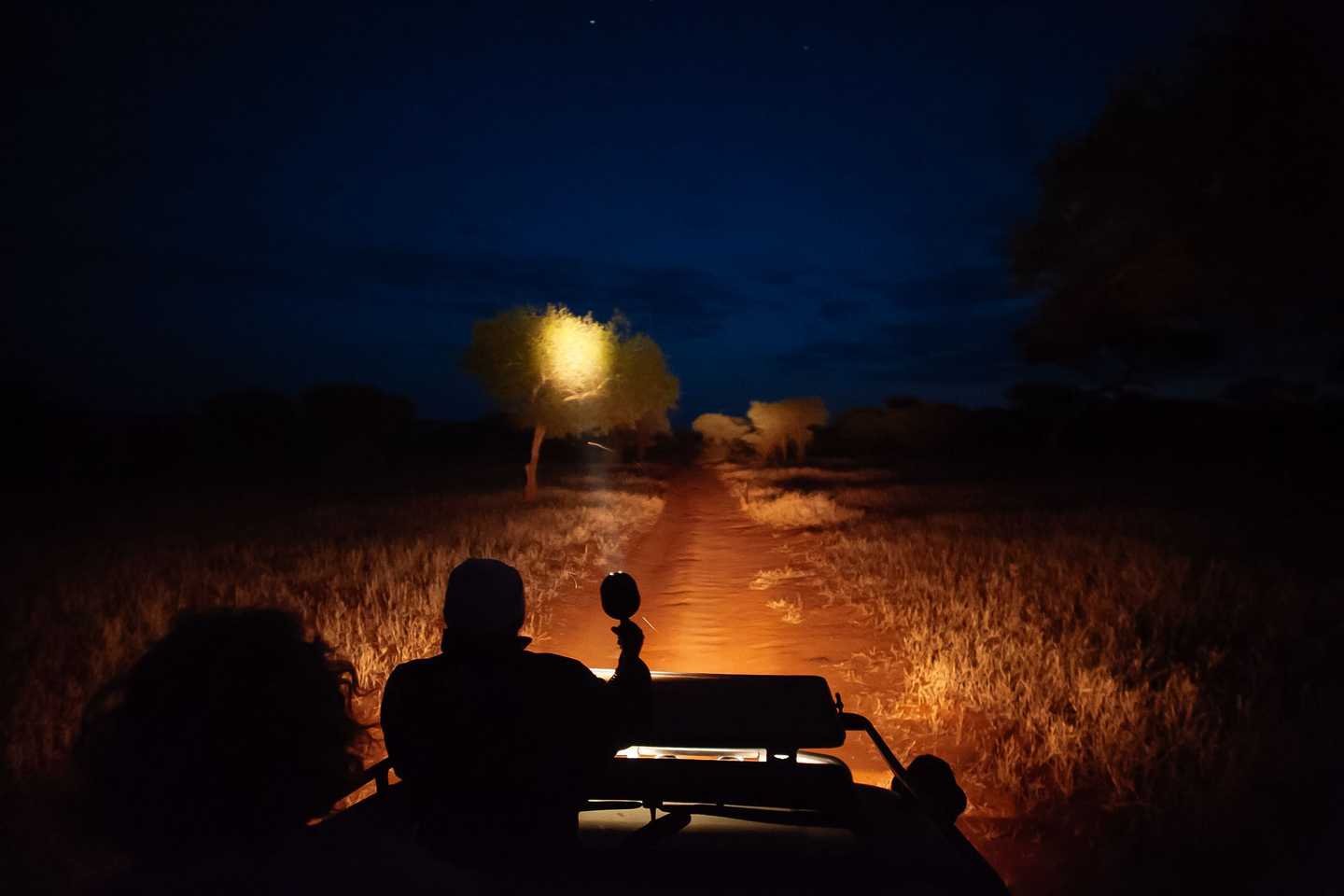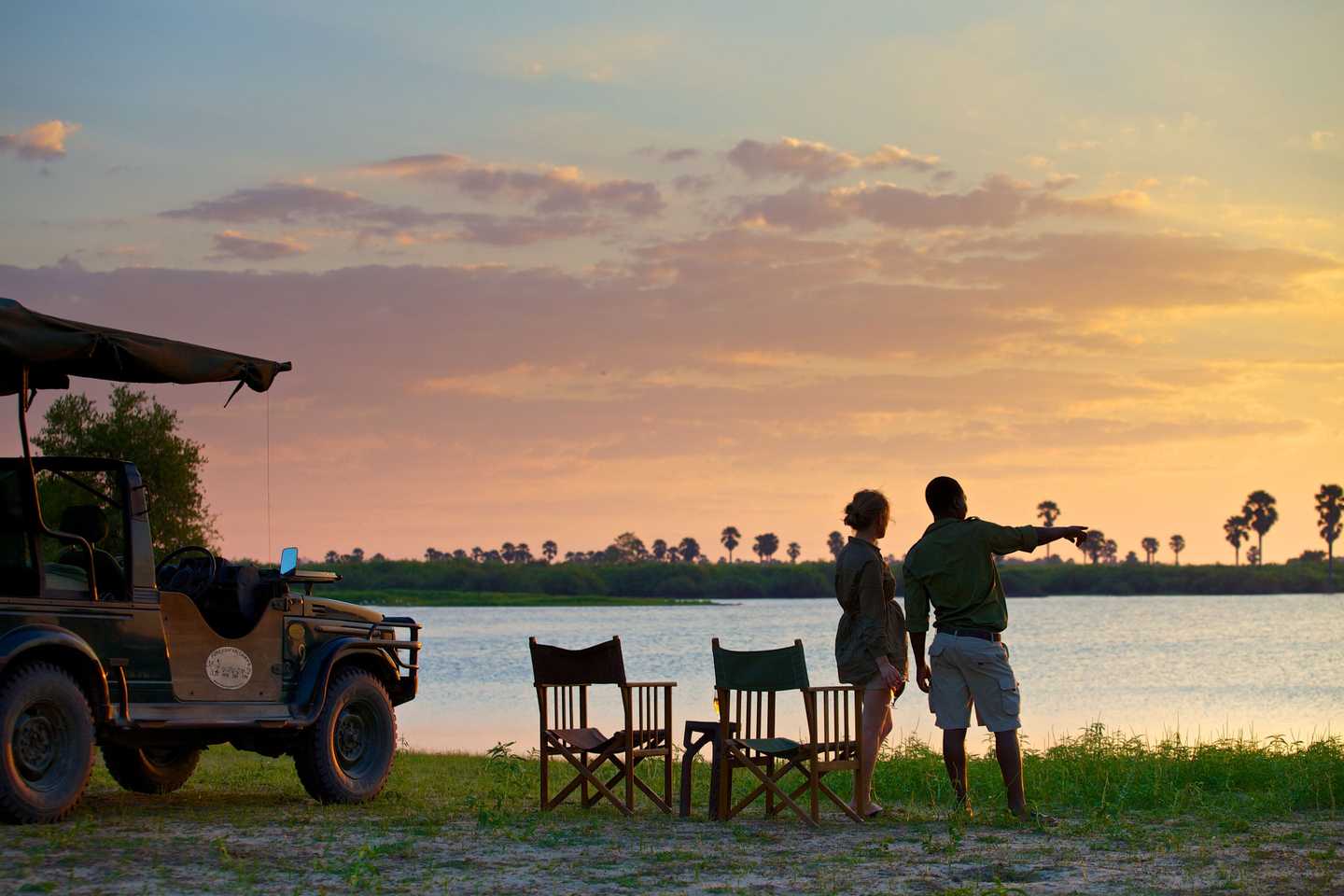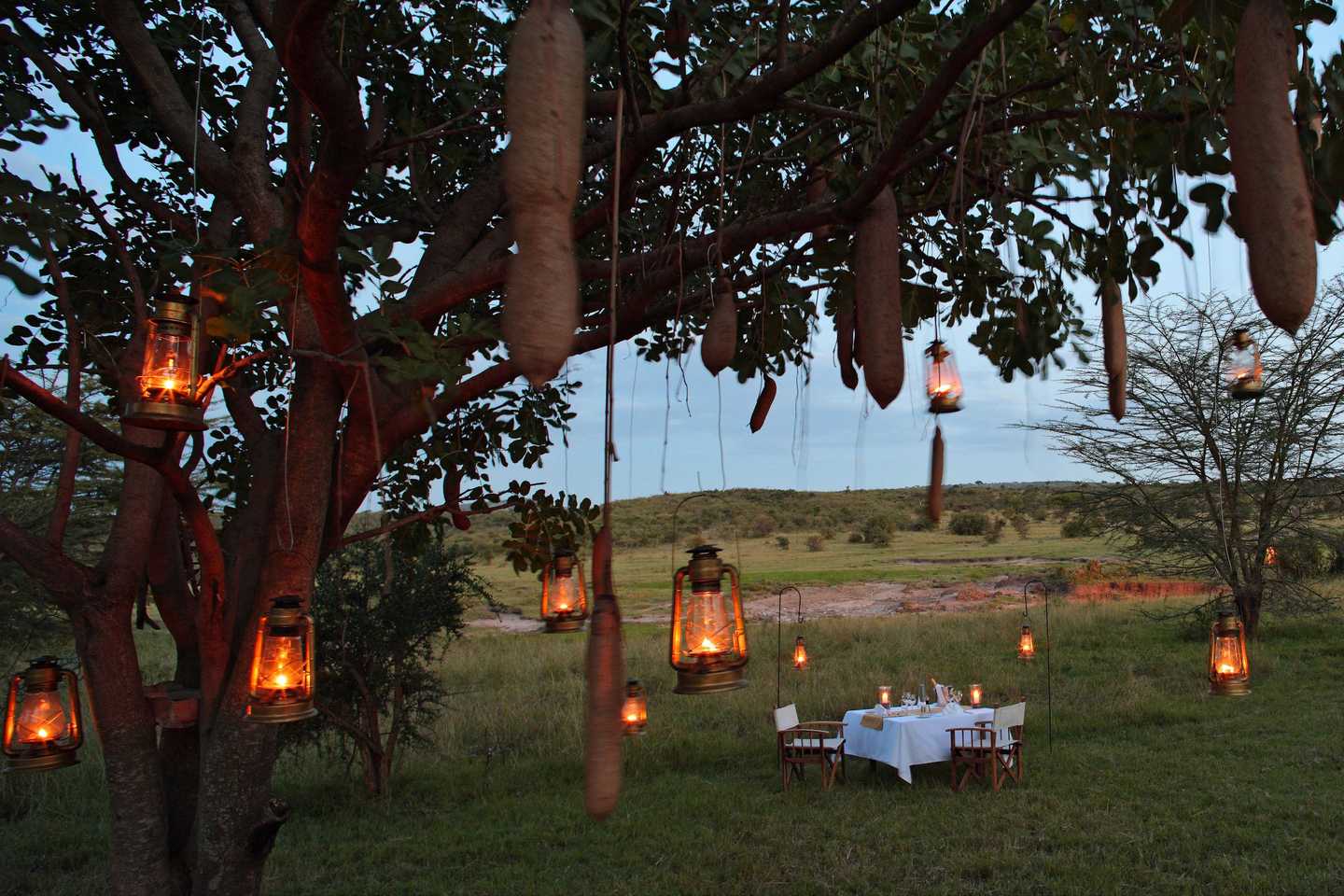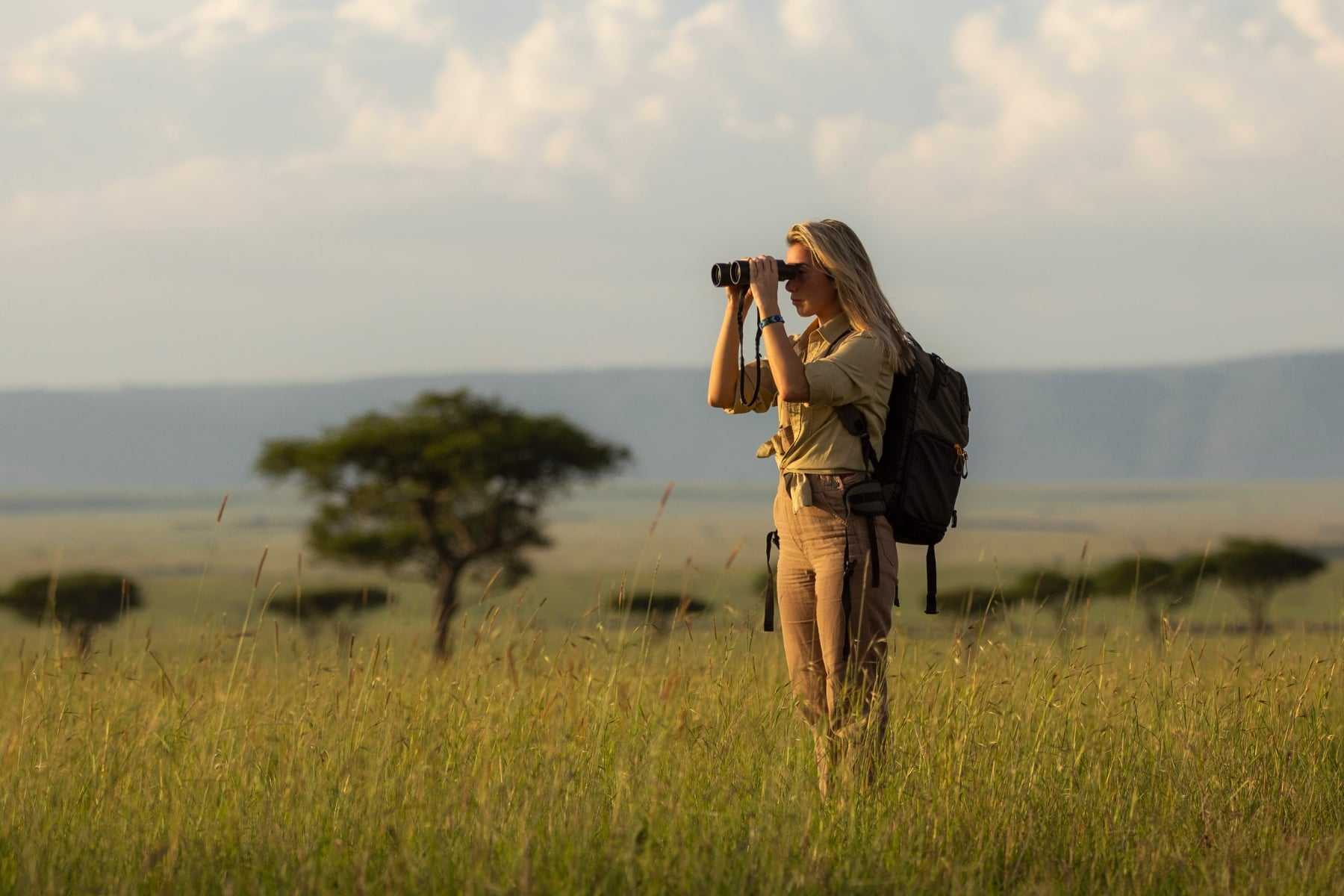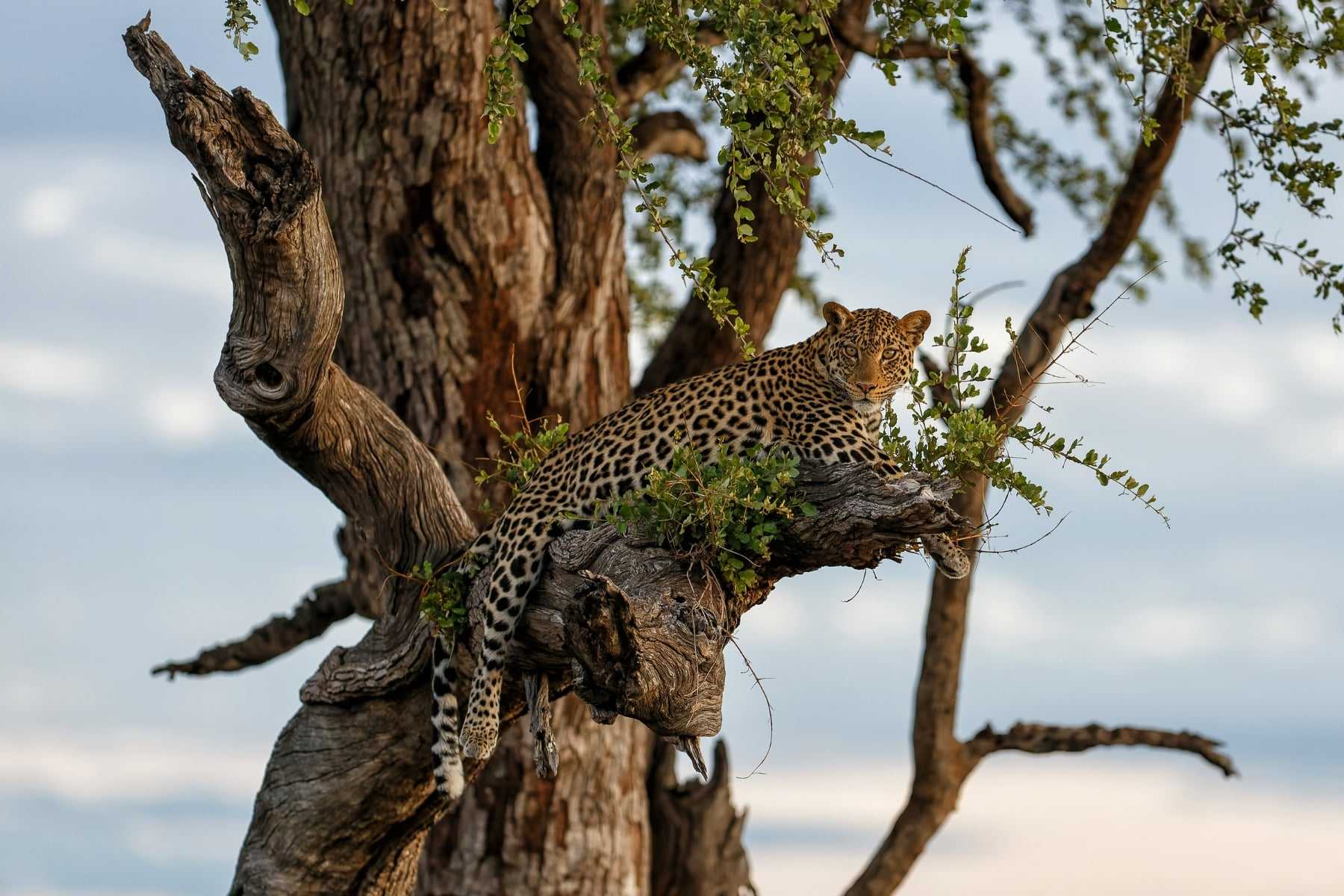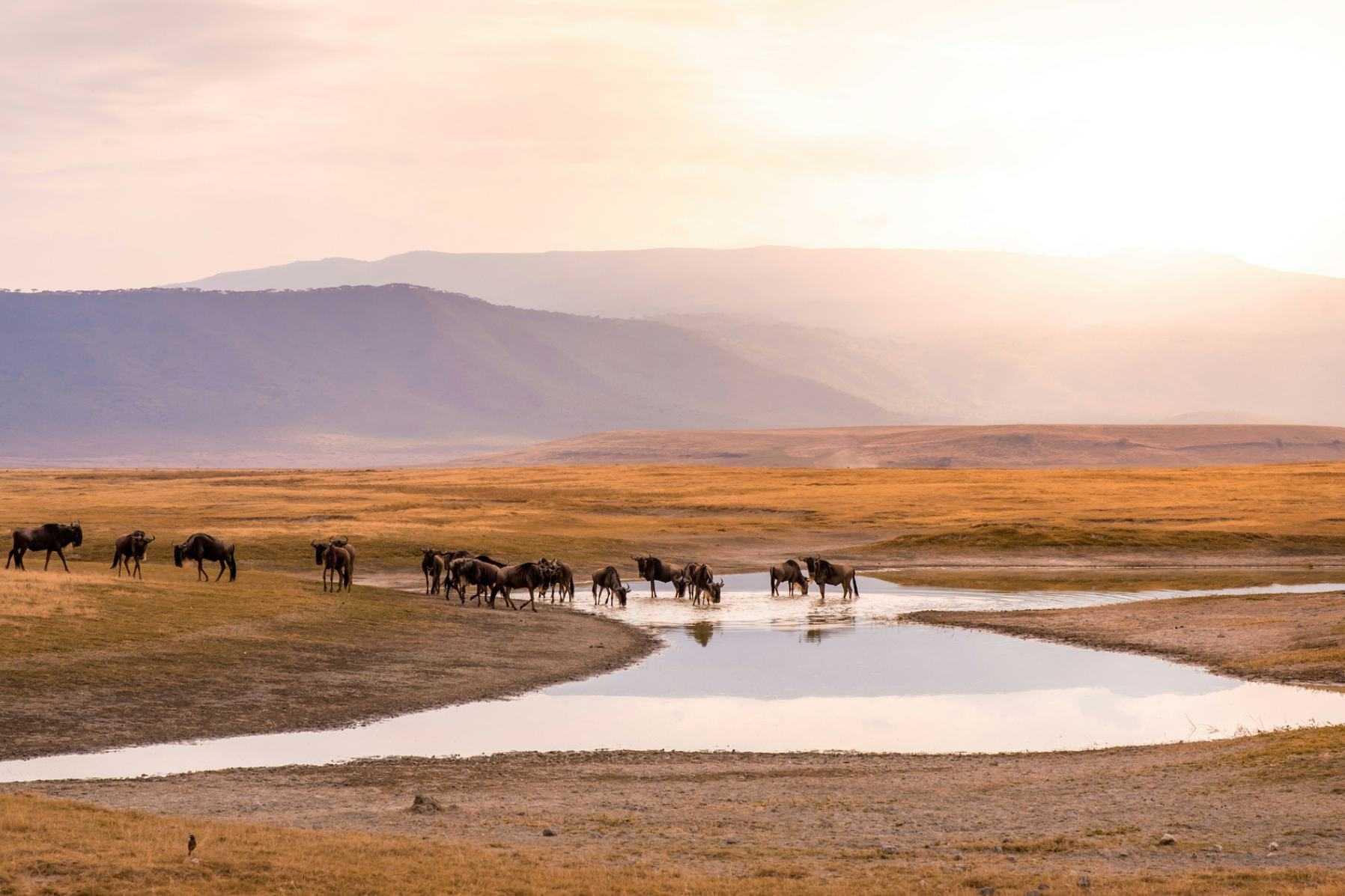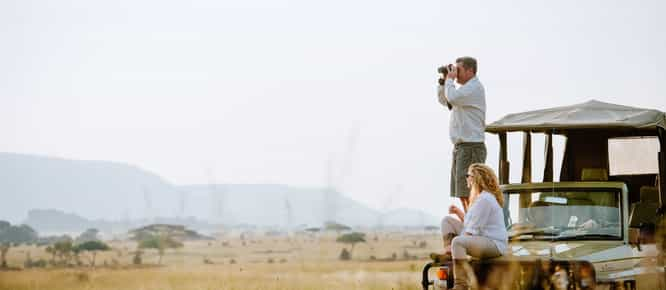A day on safari in East Africa
Surely a safari is a safari, right? You get up early in the morning, head out at dawn to catch a glimpse of the animals in the chilly morning air, siesta for the afternoon and then do it all again in the evening? Well, yes, that’s generally what happens, but every safari lodge has its own routine and if you’ve visited southern Africa, you might find a few differences in your day when you stay in an east African country. In this article, we’re going to break down a typical day on safari in East Africa (focusing on Kenya and Tanzania) and some of the key distinctions you might encounter.
Early morning
Mornings in the bush always begin early, but a typical day on safari in East Africa will start even earlier if you’ve chosen to add a hot air balloon safari into the mix. Balloon safaris take place at sunrise and a 4:30am wake-up call isn’t unusual, but when you’re floating above the landscape, watching the sun streak its first colours across the horizon, your early start will be all but forgotten. Depending on the wind and weather conditions, you’ll be in the air for around two to three hours, and a champagne breakfast awaits on your return to the ground.
If you’re not taking to the skies, the chances are that a game drive will begin your day on safari. As ever, the best time to see wildlife is in the very early morning before the day heats up, and you’ll meet your guide at around 6am for a steaming coffee and pastry before clambering into your vehicle.
Depending on the East Africa safari that you’ve booked, there may be a difference here with a typical day on safari in southern Africa. Both Kenya and Tanzania offer full-board packages, in which you’ll keep the same vehicle and guide for the duration of your trip. For example, in Tanzania, you might meet your guide in Arusha, drive to Tarangire, then to the Serengeti before ending at the Ngorongoro Crater, with the same guide and vehicle throughout. If this is the case, you’ll often be driven in a closed vehicle (in non-safari speak, this is a traditional 4×4 with a roof) to make the longer drives more bearable, but it will often have a pop up section in the middle of the roof that you can stick your head out of to get a better view of the wildlife. And of course, your vehicle and guide are yours and only yours so if you fancy getting up a touch later than normal, or spending three hours looking for a particular bird, you absolutely can.
If you have chosen to fly between the parks and reserves, your day on safari in East Africa will be similar to that in southern Africa. You’ll meet your guide on the first morning at each of the lodges, and be taken into the bush in an ‘open vehicle’ – one that’s been specially customised for game viewing and usually with no doors or sides. You’ll share this vehicle with other guests at the lodge and if there’s a choice of activities (walking safari, game drives, full day expeditions), you’ll discuss your preferences the day before.
Breakfast
Game drives in East Africa usually last for 3 or 4 hours and you will return to your lodge at around 9:30am for breakfast. This can be anything from muesli bowls and muffins to a full English breakfast cooked over the campfire, but we can safely say that it will be mouth-wateringly delicious!
Alternatively, full-day game drives are very popular in Kenya and Tanzania and a typical day on safari in East Africa may well include one. A full-day drive does exactly what it says on the tin and you’ll spend the day adventuring in the bush, tracking animals and generally having a brilliant time. Your guide will pack all the food you need, from snacks to lunch to drinks, and he or she will have a number of pretty (and shady!) locations ready for you to stop and munch at. If this is the case, you won’t return to the lodge for breakfast, but instead stay out until just before sunset.
Lunchtime and Afternoon
The hours after breakfast are yours to do what you fancy: grab a cold drink and a good book, hit your tent for a snooze, or pull up a pew in the lounge area and watch the wildlife go by. If there’s a spa, now is an excellent time to indulge in a massage or you can even fight off the heat of the day with a dip in the pool. Often, lodges will serve a light snack for lunch but if you don’t feel like it, don’t worry – tea time follows at 3:30pm and is always a real treat with plentiful biscuits, cakes and sandwiches.
Many East African lodges are often involved with the local Maasai communities in some way, be it sponsoring a primary school, providing support to villages or offering guide training programmes for young adults. If you’re interested in visiting such a project or spending some time with the local communities, this is a great time to do so.
Evening
Your second game drive of the day takes place after tea, usually at around 4pm. In the same way that animals are most active early in the morning, they start to come to life again in the later hours of the day, just as the sun is beginning to sink below the horizon. It’s a particularly good time to spot predators who will be waking up to start hunting, but anything and everything could happen. In between the action, your guide will stop for a sundowner drink, an African tradition in which you sip something cold as you watch the sun go down. Heaven.
If you’re staying outside the park, you may depart for a game drive a little earlier in the afternoon to allow time to get through the park gate before it closes in the evening. If you’re staying on a private reserve, however, there may be some flexibility in what time you leave and how late you stay out. The same goes for night drives. In national parks, there are often time limitations on when vehicles need to have left the park or how late they can stay out, but if you’re on a private reserve or your lodge has special permission to stay out, you may be able to embark on a drive in the dark. This is the best time to spot nocturnal animals (anteater, aardvark and leopard to name a few) and your guide will use a powerful spotlight to pick out their glittering eyes.
If you’ve been out on an all-day drive, you will arrive back at the lodge in the late afternoon. It’s up to you whether you stay in the bush for sundowners or have them at the lodge, around the fire – both are magical.
Dinner
If you’re back early enough there might be a little time to freshen up before dinner, otherwise, it’s straight to the table. And don’t worry, everyone else is in the same boat and very few lodges request that you dress any differently in the evening. The location of mealtimes are often varied and you might find yourself eating in the main dining area one night, in an open-air boma the next, or perhaps even in the middle of the bush!
Dinner is very often a communal affair, hosted by a resident guide from the lodge and perhaps a manager. They will regale you with safari stories and fascinating tales of their time in the bush, some of which continue late into the night, aided by a nightcap or two. Just remember the next morning’s wake-up call before you accept that last whiskey…!
